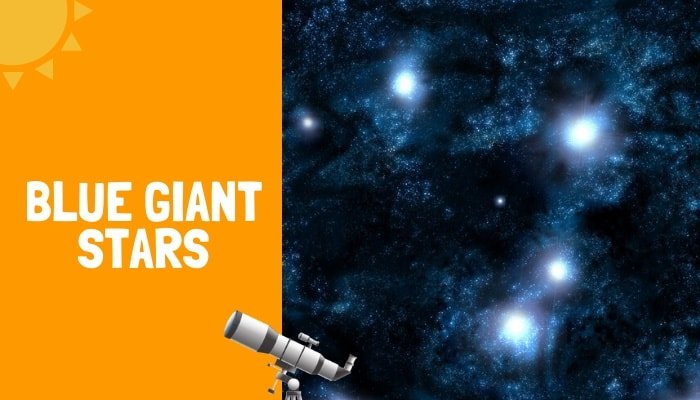Saturn is the sixth planet from our sun and it is known for its spectacular rings. But that is not all it is known for. Did you know that Saturn has an equally magnificent suite of moons as well? Here on Earth we only have one single moon but many planets like Saturn have many more moons than that. So, how many moons does Saturn actually have?
According to NASA, Saturn has 53 confirmed moons with an additional 29 moons waiting to be named. That means Saturn has 82 moons in total. That is more moons than any other planet in the solar system, including Jupiter.
That is a lot of moons to keep track of. Luckily, people have been studying the moons of Saturn for hundreds of years and we know a lot about the diverse group of satellites that orbit the planet. Here are the answers to some of the most commonly asked questions about Saturn and its moons.
Do all of the moons of Saturn have names?
No. At least not yet. Many of Saturn’s moons do have names but many still do not. The moons without names have a scientific code attached to them that gives astronomers information about their discovery including when they were first observed. Eventually, the goal is to give every confirmed moon a name of its own but the process takes time.
What does “confirmed moons” mean?
In order to get the scientific stamp of approval, discoveries must be independently tested and verified in order to become official. Confirmed moons are moons that have gone through this confirmation process and have been verified as legitimate bodies orbiting the planet. Once a moon is confirmed, it is usually given a name.
In order to be confirmed a suspected moon’s orbit must be explored and the moon must not be embedded within any of Saturn’s many rings.
Unconfirmed moons are simply moons that are awaiting further confirmation of their information such as their size, orbital patterns, and characteristics. Sometimes it is hard to tell without long periods of observation the exact details of a moon or if something can be counted as a moon at all.
Currently, the 82 moons of Saturn have been accepted by NASA as legitimate bodies orbiting the planet. The 29 moons awaiting confirmation are simply patiently sitting until they get their final stamp of approval. In addition to the 82 moons of Saturn that are currently recognized, there are two new bodies being studied that could eventually bump Saturn up to 84 moons in total if they are thought to be new moons.
What is Saturn’s largest moon?
Saturn’s largest moon is Titan. As its name suggests, Titan’s size is titanic. It is the second-largest moon in the entire solar system and its diameter is greater than that of the planet Mercury.
Titan’s radius measures 1,600 miles (2,575km) which makes it 50% larger than our own moon. That puts it only behind Jupiter’s moon Ganymede, the largest moon in our solar system, in terms of size. In fact, Ganymede is a mere 37 miles larger in overall diameter than Titan.
In addition to being extremely large, Titan also has some unique characteristics which have caught the eye of astronomers and science fiction authors alike. Unlike every other moon in the solar system, of which there are many, Titan features a dense atmosphere that resembles that of Earth’s.
Some have described Titan as more planetlike than moonlike due to its unique atmospheric conditions.
Research and exploration into Titan have unearthed some truly fascinating features. Titan’s atmosphere is largely made up of Nitrogen. It has dense clouds and weather, including wind and rain, which have shaped the moon’s surface in a similar way to our own weather.
There are ice, methane, and other potential organic compounds in abundance on Titan. Which has led some to believe that life on the distant moon might be possible. The problem is, being so far away from the warmth of our sun, Titan has a surface temperature that is approximately -300F. That is far too cold for life to exist. At least, life as we know it.
Who discovered the moons of Saturn?
No single person discovered all of the moons of Saturn. In fact, there have been many different contributors to the large catalog of moons that Saturn boasts. Naturally, Titan, being the largest, was discovered first way back in 1655. Titan was discovered by the observer Christiaan Huygens.
Before the advent of modern technology, eight total moons of Saturn were discovered, including Titan. These initial eight moons were discovered by Huygens, Giovanni Cassini – the namesake of the Cassini spacecraft, William Herschel, and others. These discoveries were made over the course of two centuries of observation.
The 20th century saw an explosion of new technology which propelled the number of Saturn’s moons to new heights. Things such as long exposure photography, more powerful telescopes, and space travel all contributed to the ever-growing number of moons.
Many of Saturn’s moons were discovered via spacecraft on flyby missions to the planet. The Cassini mission discovered a dozen new moons while the Voyager missions found another handful during its flyby.
Recently, dozens of new moons have been discovered by professional and amateur astronomers alike. Using the latest and greatest telescope technology to pinpoint smaller moons. While the 17th-century astronomers were only able to hone in on Titan’s large size, today’s astronomers are able to locate and track moons that are only a few miles across.
Conclusion
If you want to hunt out Saturn in a telescope some of the Best Telescopes For Viewing Planets are widely available.
We seem to find something new about Saturn all the time and I find myself writing about it constantly. I love some of the Interesting Facts About Saturn like How Far Is Saturn From Earth.



